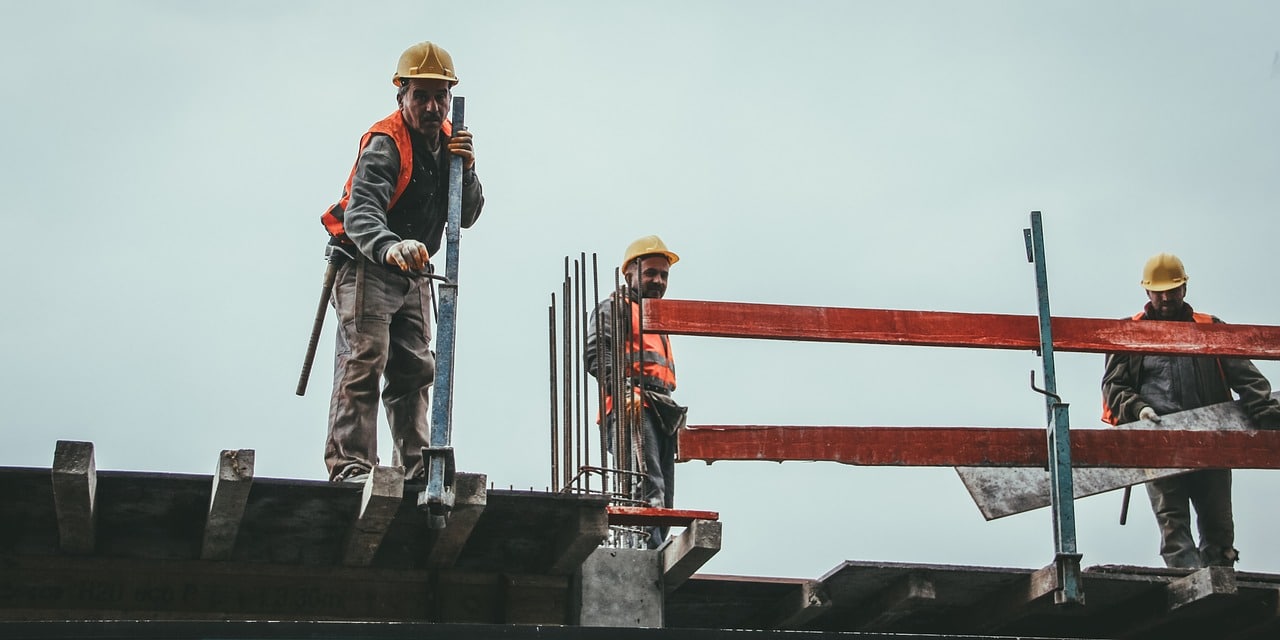The Architecture, Engineering, and Construction (AEC) industry has been experiencing a steady but slow transformation. This is evident in the design process, which shifted from paper-based drawings to computer-aided design (CAD) to create models and drawings for projects.
In CAD designs, architects, designers and contractors can use 2D drawings or 3D models to create and optimize designs, improve accuracy, reduce errors, enhance quality, and save time. While both are effective, each has unique attributes that appeal to users differently.
For some designers, 2D drafting is better and more straightforward than 3D modelling. So, why is 2D CAD better than 3D? In this post, we’ll attempt to address this question and offer more insights into why some users might prefer 2D CAD.
Free eBook: Unveiling the path to digital transformation in construction
What’s the difference between 2D and 3D CAD?
The key difference is that 2D is a two-dimensional design, while 3D is a three-dimensional design. A 2D design offers a display of height and length on a plane without depth. On the other hand, a 3D model offers width, height, and depth.
Both of these CAD designs have unique benefits. For instance, 3D CAD is more advanced, offering more details in a real-life simulation. It allows designers to make additions and perks easily, improving efficiency and reducing design time.
However, 3D designs present some challenges that make 2D CAD a preferred option in some cases. You’ll need to invest in costly hardware and software to run the designs. Some of the solutions might be inaccessible in remote areas and too advanced for some stakeholders.
More to read: How CAD/CAM technology is influencing the construction industry

The benefits of 2D CAD drawings
While 3D CAD is more advanced and detailed than 2D, there are cases where using 2D is actually better. Teams can get the job done quickly and enjoy different benefits, including:
- Easy to understand and interpret: Many designers are able to use and interpret 2D designs easily, which reduces the need for additional training. 2D eliminates the steep learning curves, improving collaboration and project delivery times.
- More efficient for specific tasks: 2D CAD is used in project contracts since it’s portable. It’s also ideal for conceptual designs to provide an overview of the project’s scale and size, making it suitable for drawing, drafting and sketching.
- Easily accessible and editable: 2D designs take less space than 3D models, which have a large size and require specific solutions to edit. This means you can access and edit 2D designs on your computer, even if you have minimal memory.
- Cost-effective: 2D CAD solutions are more economical than 3D. Since most designers are familiar with 2D, you don’t need to hire experts and this reduces the project output time and cost. You also don’t need costly software and computers to run 2D designs.
- Portable and easy to share: When working at a site, foremen rarely carry around computers. Instead, they use printed papers, which they can hang on walls or boards. In this case, 2D designs are easier to print and use while on-site than 3D models.
The bottom line is that 2D design is great for pre-construction drawings and sketches, allowing teams to understand a project’s scale quickly prior to getting into the finer details using 3D models. It’s also perfect for designing individual components that don’t require complex processes and multi-layers
Common challenges with 3D models
Despite the design benefits of 3D CAD, there are a number of challenges that prevent the technology from becoming mainstream in the industry.
- High costs: Creating 3D models require expensive computer, software, printers, and logistics, which can be burdensome for small construction firms. Other expenses such as maintenance, materials, and experts can quickly add up, making the adoption of 3D challenging.
- Requires specific skills: The construction industry already has a big labour shortage, which firms struggling to fill their vacant positions. Considering this shortage, 3D modelling requires specific skills like rendering, animation and rigging. So finding talent for 3D work can be quite challenging.
- Time-consuming: When you need designs quickly to present to a client, you can’t rely on 3D modelling. It can take hours or even days to get a conceptual design for a client. So, if you’re working with tight deadlines, 3D CAD’s complex processes can slow you down.
Regardless of these challenges, 3D modelling is a great way to get complex and detailed designs for your project. It allows for more creativity and innovation, allowing designers to play around with different shapes to attain their desired outcomes.
You might also like: Why the slow uptake of technology in construction is holding the industry back
Simplify 2D plans with LB Aproplan
The 2D vs 3D CAD debate isn’t actually a contest – both solutions are effective and ideal for today’s projects. You can choose to use either depending on your project type, technical requirements, and unique circumstances.
If you prefer using 2D designs, LetsBuild makes it seamless for your team, thanks to our LB Aproplan product. The product allows you to access your plans on the go, automate your workflows, and access data-driven insights to ensure successful outcomes.
Book a demo to get started with LB Aproplan and get ready to streamline your site management!




